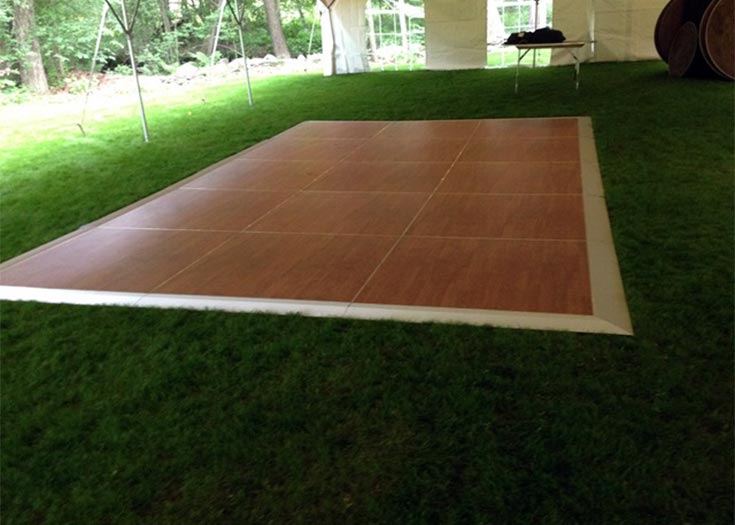Cutting-edge Design Movements Shaping the Prospects of Interactive Light Emitting Diode Dance Floors
Interactive light-emitting diode dancing surfaces are progressively popular in various recreational venues, such as dance clubs, concerts, and gatherings. These floors use cutting-edge tech to create vibrant lighting showcases that react to sound and movement. As innovation keeps to advance, several innovative design trends are influencing the future of these interactive dancing floors. These patterns not just enhance the aesthetic encounter but also improve participant involvement and create a more engaging atmosphere for dancers and audiences alike.
One notable trend in responsive light-emitting diode dancing surfaces is the integration of smart tech. Many new models feature sensors that identify movement and modify the illumination accordingly. This means that the surface can change hues, patterns, and visuals based on how numerous people are moving and where they are positioned. This responsiveness fosters a dynamic setting that encourages involvement and excitement. Additionally, some models enable users to manage the lighting through smartphone apps, providing them the power to customize their encounter in real-time.
Another crucial trend is the utilization of sustainable resources and energy-efficient tech. As environmental issues grow, many creators are focusing on creating LED dancing floors that are not only aesthetically stunning but also sustainable. This includes utilizing recycled resources for see this here the surface's construction and implementing power-efficient LED illumination. These innovations assist reduce the environmental footprint of gatherings while still providing a mesmerizing visual encounter. By focusing on sustainability, designers are attracting to a more environmentally aware audience.
The integration of augmented virtual reality (AR) is also transforming the responsive dance surface encounter. AR technology allows participants to see virtual images and visuals superimposed on the physical environment through their smartphones or AR spectacles. This can enhance the dancing floor experience by introducing virtual elements that interact with the physical environment. For example, dancers might witness animated figures or graphic effects that react to their movements, creating a distinctive and engaging environment. This trend is particularly attractive to younger audiences who are familiar to digital engagements in their daily activities.
Furthermore, the styling of responsive LED dancing surfaces is becoming more versatile and modifiable. Many new models can be easily set up in various environments, from temporary gatherings to long-term installations. This adaptability allows venues to develop customized experiences that cater to different themes and crowds. Some models even feature interchangeable parts that can be rearranged to form varied shapes and arrangements. This flexibility not only enhances the visual attractiveness but also allows for artistic design in event organization.
In conclusion, the prospects of interactive LED dancing surfaces is being shaped by creative design patterns that focus on technology, eco-friendliness, augmented reality, and flexibility. These developments are creating more engaging and captivating experiences for users, establishing dance surfaces a central feature of recreational venues. As these patterns keep to evolve, they will likely reshape how individuals interact with music and movement, ensuring that interactive LED dancing surfaces remain a popular choice for gatherings and festivities.